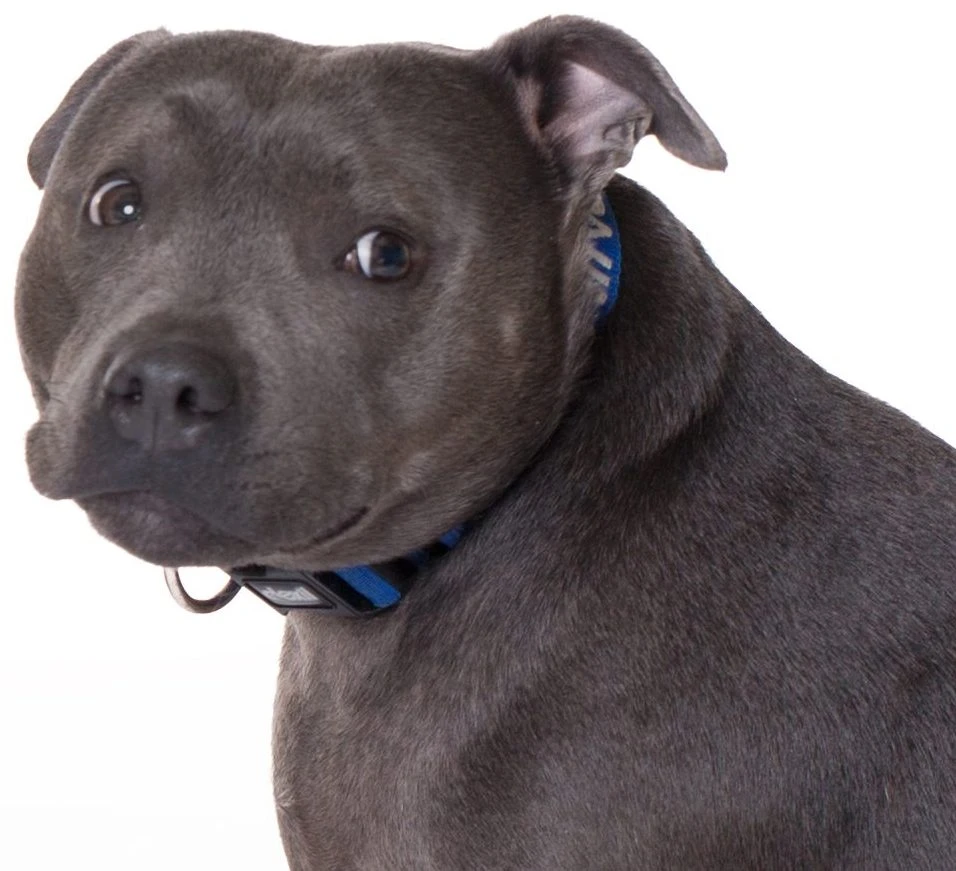
Dog Training Advice Newtown: Calming Signals & How to Recognise Them
Dog Training Advice Newtown: Dog’s Calming Signals and How to Recognise Them
Learn to recognise a dog’s calming signals
As we already know, dogs don’t speak English, or any other human language for that matter. But they do communicate with each other and us. Dogs have a vast repertoire of body language signals they use in different situations. The signals that are important for us to recognise are the ones they use when uncomfortable or to demonstrate they are stressed or afraid of something. This kind of body language includes calming signals and/or stress signals. They are a big part of the social skills dogs use to avoid conflict and communicate with other dogs and humans.
Here are some of the most common calming signals. Have you noticed your dog ever exhibiting them?
Head Turn
This can be just a subtle turn of the head away from you or another dog. It can also be a full body turn. You might see this at a park when an excited dog runs up to your dog.
Walking In A Curve
Walking directly towards something can be quite threatening. Especially if it’s a strange dog approaching another one. Walking in a curve is a lot less threatening and more polite way to meet and greet.
Yawn
This is one of those signals to take in context. Did your dog just wake up from a nap? Then he’s probably just sleepy. But if a playful small child is approaching a dog and the dog yawns, it’s likely a calming signal.
Lip Lick
This is something that happens quite often with dogs. Pay attention to your dog next time you hug them. Your dog may lower his head and start licking his lips.
Freezing
The dog freezes completely still. When a new dog encounters a pack of dogs at the park, it’s very common for them to freeze while the others check them out. This might indicate to the other dogs that he is not to be taken as a threat. But it can also be a serious indication of arousal or stress. For example, some dogs may freeze just before they lunge to bite. Pay attention to the body language, does the dog seem tense or is he standing still in a calm and relaxed way? Is he showing other calming signals, stress signals or warning signals (growling, showing his teeth)? Do you already know that the dog isn’t comfortable with other dogs?
If you notice your dog showing calming signals, check out the environment to see what’s going on
Is something bothering him? Is he scared of something? It’s important to recognise calming signals because if they are ignored the behaviour can easily escalate. Something that starts out as a subtle head turn or lip lick can escalate to a growl, snap or even bite. Unfortunately, I’ve seen this many times with people who push their dogs into situations they aren’t comfortable with. By learning what your dog is trying to tell you, you’ll be able to make the world a lot less stressful for him. And you’ll gain better communication skills and bond with your dog!
Dog Training Advice Newtown – Eazy Dog Training




Hi Aniina, we have a nine month golden retriever cross who want to bring to your Obedience training. We also…
Good afternoon, How old does your dog have to be to commence at the beginners agility dog class. 12month?? Thank…
Hi, I have a 3 year old cocker spaniel who is quite reactive. She reacts to bikes, bicycles, children, and…
Hi Can I bring my Daughter along to the Puppy class? thanks
Hi Anniina. What if one of the Saturdays is raining? Is the class pushed out to the next week or…